A team has, for the first time, succeeded in functionally characterizing the active layer in organic thin-film solar cells using laser light.
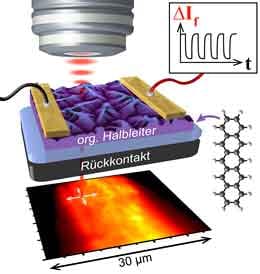

A team has, for the first time, succeeded in functionally characterizing the active layer in organic thin-film solar cells using laser light.
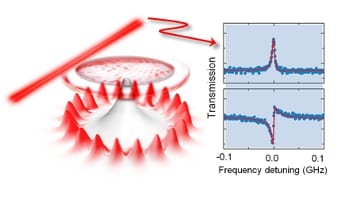
A team from Peking University have reported a way to make a chaotic microcavity transparent for a free-space laser beam.
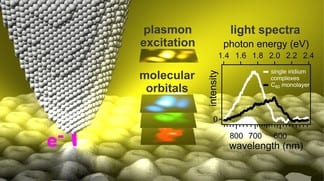
Scientists have discovered how optical signal transmission can be controlled, which could lead to integration of plasmonics with electronic circuits.
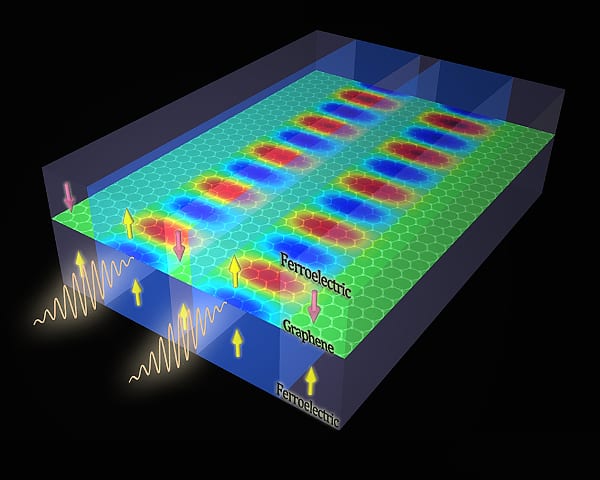
New system uses two-dimensional structures to guide plasmonic waves at ultrashort wavelength, offering a new platform for memory and computer chips.

Researchers confine plasmons in a resonant cavity only 20 nanometers wide to precisely measure mechanical motion smaller than the size of an atom.
Scanning transmission electron holography microscope, the first such microscope of its type in the world, up and running at University of Victoria.
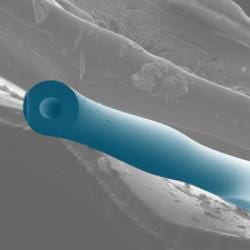
Researchers applying optomechnical systems to help unlock vibrational secrets of chemical and biological samples at the nanoscale.
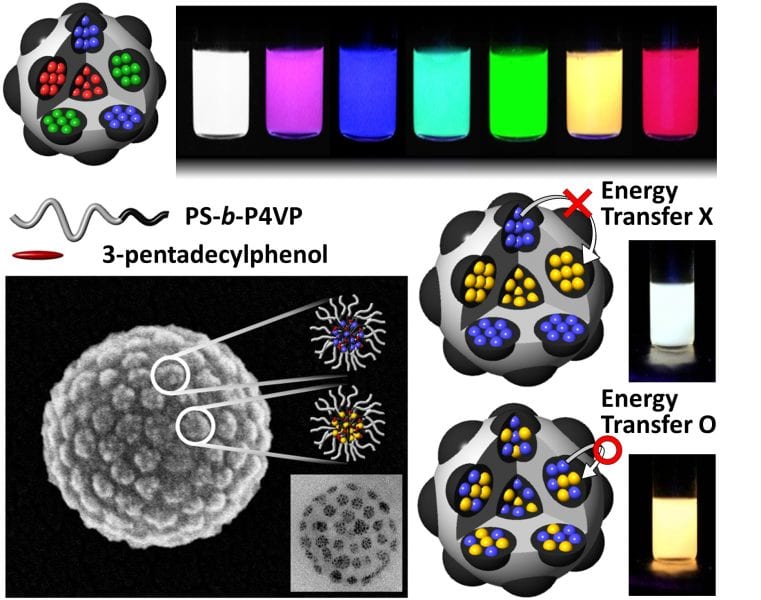
Controlled physical placement of quantum dots inside block copolymer microspheres determines the combined emission characteristics.
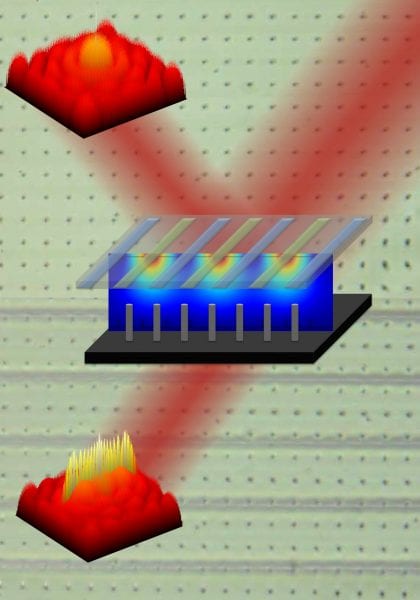
Voltage-dependent diffraction switching makes a hybrid liquid crystal–carbon nanotube device a good candidate for high-resolution displays.
New thin, planar, lightweight, and broadband polarimetric photonic devices and optics could result from recent research by a team of Los Alamos scientists.